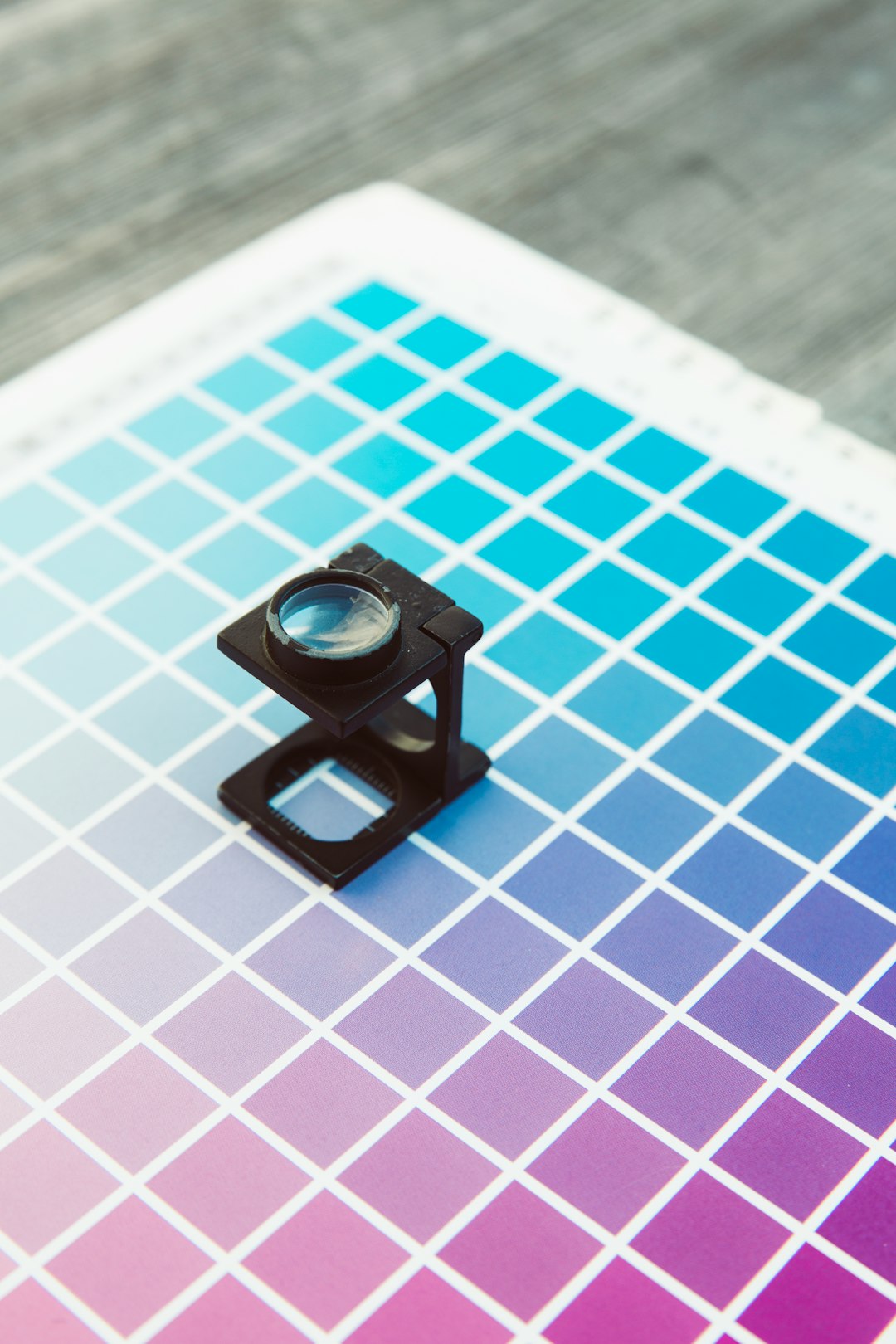The Role of Color in Web Design
Color plays a crucial role in web design, influencing the overall look and feel of a website. It can evoke emotions, create visual interest, and guide users' attention. Understanding the psychology and impact of color is essential for creating a compelling and effective web design.
When choosing a color scheme for a website, it's important to consider the brand's identity and the message it wants to convey. Different colors have different meanings and associations, and they can communicate specific qualities or emotions to the audience.
It's essential to ensure that the chosen color palette aligns with the website's purpose and target audience. For instance, a website targeting children might use bright and playful colors to create a fun and engaging experience, while a financial institution may opt for more professional and trustworthy colors to instill confidence and reliability.
When implementing color in web design, it's important to consider accessibility for all users, including those with visual impairments. Using sufficient color contrast and providing alternative text for images can ensure that the website is inclusive and user-friendly for everyone.
Ultimately, the role of color in web design goes beyond aesthetics; it has the power to influence user behavior, convey brand messaging, and enhance the overall user experience. By leveraging the psychology of color and thoughtful design choices, web designers can create visually compelling and effective websites that resonate with their target audience.
```

